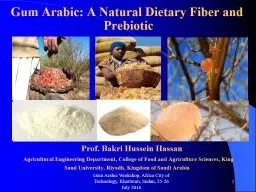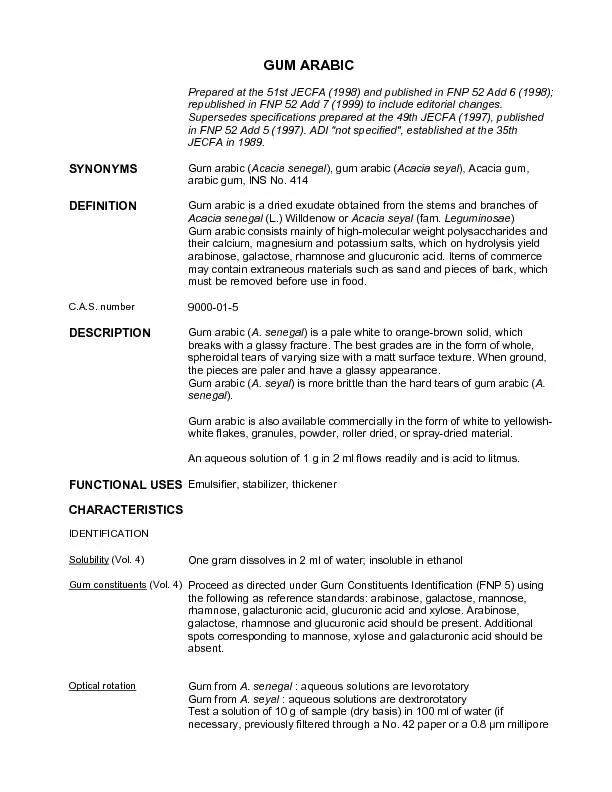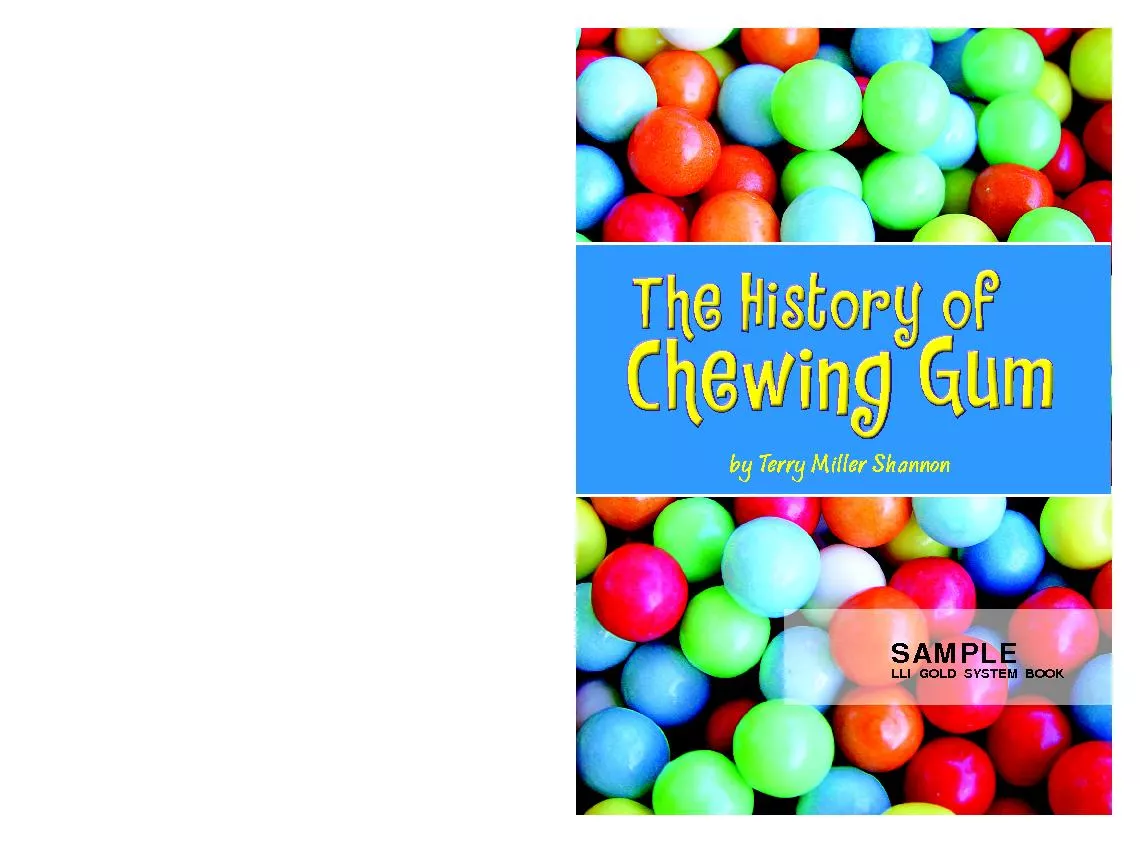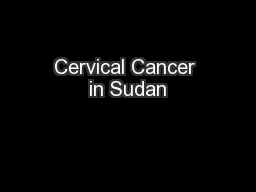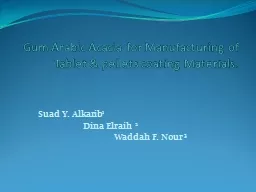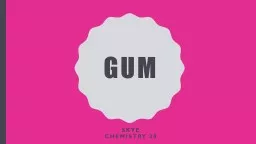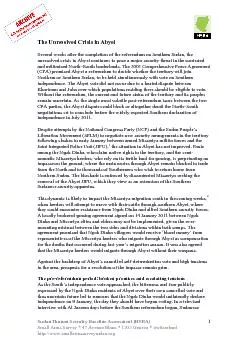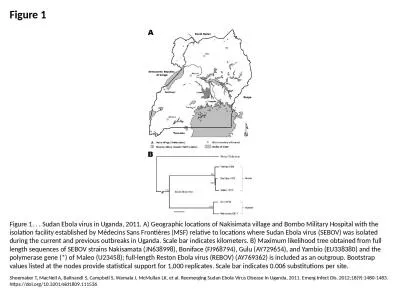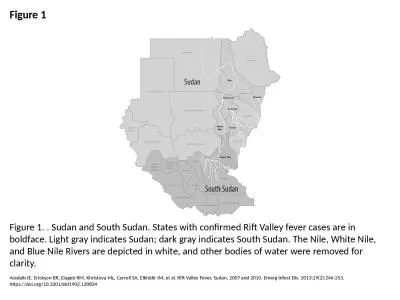PPT-Gum Arabic Workshop, Africa City of Technology, Khartoum, Sudan, 25-26 July 2016
Author : luanne-stotts | Published Date : 2019-12-22
Gum Arabic Workshop Africa City of Technology Khartoum Sudan 2526 July 2016 1 Gum Arabic A Rich Source of Natural Dietary Fiber and Prebiotic Prof Bakri
Presentation Embed Code
Download Presentation
Download Presentation The PPT/PDF document "Gum Arabic Workshop, Africa City of Tech..." is the property of its rightful owner. Permission is granted to download and print the materials on this website for personal, non-commercial use only, and to display it on your personal computer provided you do not modify the materials and that you retain all copyright notices contained in the materials. By downloading content from our website, you accept the terms of this agreement.
Gum Arabic Workshop, Africa City of Technology, Khartoum, Sudan, 25-26 July 2016: Transcript
Download Rules Of Document
"Gum Arabic Workshop, Africa City of Technology, Khartoum, Sudan, 25-26 July 2016"The content belongs to its owner. You may download and print it for personal use, without modification, and keep all copyright notices. By downloading, you agree to these terms.
Related Documents

